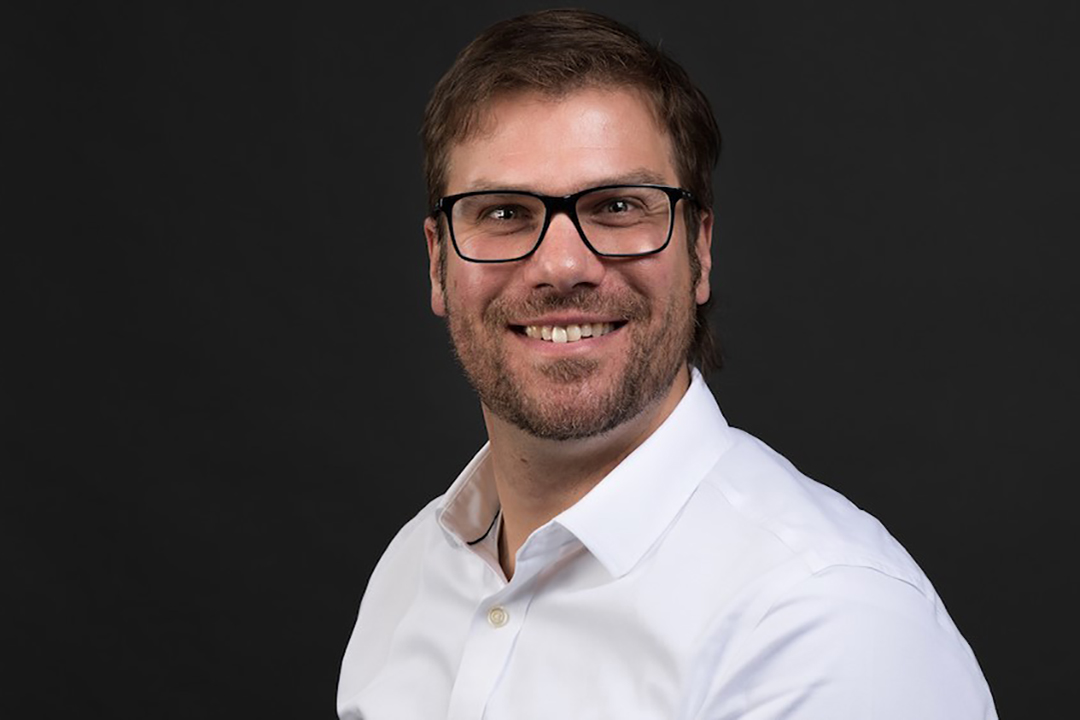
Walking the Talk: Dr. Daniel Fuller on Urban Health and Mobility
As an undergrad, Dr. Daniel Fuller (PhD) didn’t have a car, nor was he keen on taking the bus.
By Researchers under the Scope, Office of the Vice-Dean ResearchListen to all episodes of the Researchers Under the Scope podcast.
Researchers Under the Scope is produced by the Office of the Vice-Dean Research in the College of Medicine.
“I rode my bike to university every day in the fall and then just kept on going and never stopped,” said Fuller, a former national and international canoe/kayak athlete.
As he pedaled, Fuller watched the way people used trails, sidewalks and roads.
“I really started to get into active transportation, how people move around cities and how we can get people active -- outside of the sport environment,” said Fuller, now an associate professor in Community Health and Epidemiology at the University of Saskatchewan.
Fuller moved to Montreal for his doctorate as the city launched its bicycle-taxi program.
After the widespread installation of shared-use bicycles, Fuller observed no changes in collisions or crashes. However, a significant number of people started to combine biking with walking, and public transit.
Fuller said Montreal succeeded because the city went big, launching more than 5,000 rental bicycles at 405 docking stations.
“They work on network effects: people being able to find them, people being able to use them, and integrate them with their mobility,” said Fuller.
His goal is to link active transportation in urban planning to measurable gains in public health outcomes.
“If we implement a bike lane, how much health benefit is there? Or how many health dollars might we save? Because health care is our biggest expenditure provincially, and if we can save money on health, then that's really, really important.”
For almost everyone, Fuller said five to ten more minutes of walking each day would be “extremely beneficial.”
“It improves mental health, reduces depression, improves type 2 diabetes, improves chronic obstructive pulmonary disease, and prevents certain forms of cancer,” he said.
Technology plays a big role in Fuller’s work. From 2016-2022, he was a Canada Research Chair in Population Physical Activity at Memorial University, and he remains a Principal Investigator on the INTERventions, Research, and Action in Cities (INTERACT) team.
He’s studied wearable devices to assess their accuracy, and how much they motivate people to stay physically active.
“The jury's kind of out on that," said Fuller,who noted Fitbits and Apple Watches tend to give users an initial activity boost, which fades after a year or two.
Instead, he said population density is far more effective in raising the number of minutes people move each day.
Fuller said city planners rely on traffic counts to decide whether or not an intersection should be expanded or changed — but there’s virtually no information to accurately quantify sidewalk use, or the health costs of urban sprawl.
As the co-principal investigator of the CapaCITY/É Healthy Cities Implementation Science Team, he’s trying to get a detailed handle on why some cities succeed with active transportation, while others struggle.
"There’s a whole political hierarchy,” said Fuller. “Who's paying, how much are they paying, how fast does it have to happen, all these kinds of questions that we don't have good generalized kind of science about yet.”
